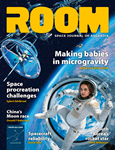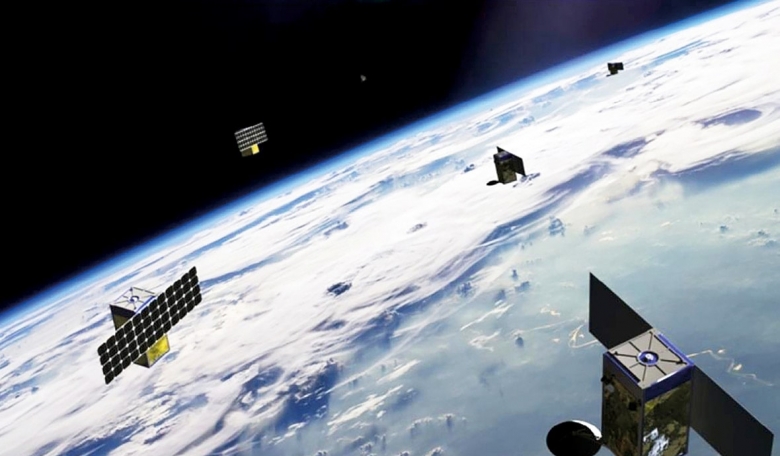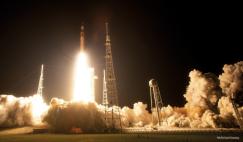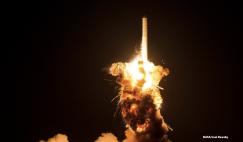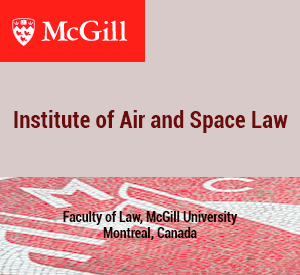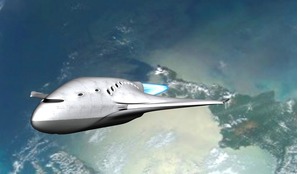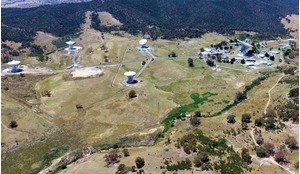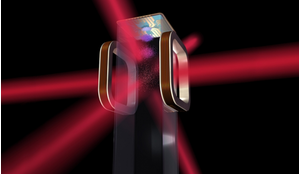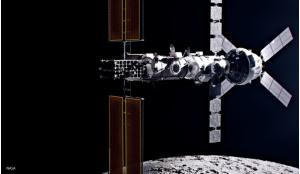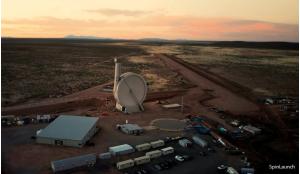Driven by commercial factors, the economics of space are changing and space has an opportunity to become more adaptable to market demand. Though numerous multi-satellite constellations in low Earth orbit are being touted there will still be a place for large geostationary satellites. In-orbit satellite servicing missions will soon be available to better manage these costly and complex satellite systems and to maximise their life-time return on investment for their operators.
The business case for ‘old’ style space systems (typically the implementation of large, complex spacecraft with long lifetimes of between 10 and 15 years) is showing signs of age as the progress of technology overtakes heritage systems in terms of capabilities and performance.
Considering that the preliminary design and development stages for a large, complex satellite can take three to five years, if the spacecraft is in orbit for 15 years the technology on board can be around two decades old by the time that the spacecraft reaches its end of life. But just as we consider reusing old items in everyday use ourselves, these aging spacecraft are often functioning well, and can still provide effective communications services.
In the past, space technologies were deliberately kept behind the leading edge, since they needed to be well-proven, robust and low-risk in order to be considered suitable for a reliable satellite.


